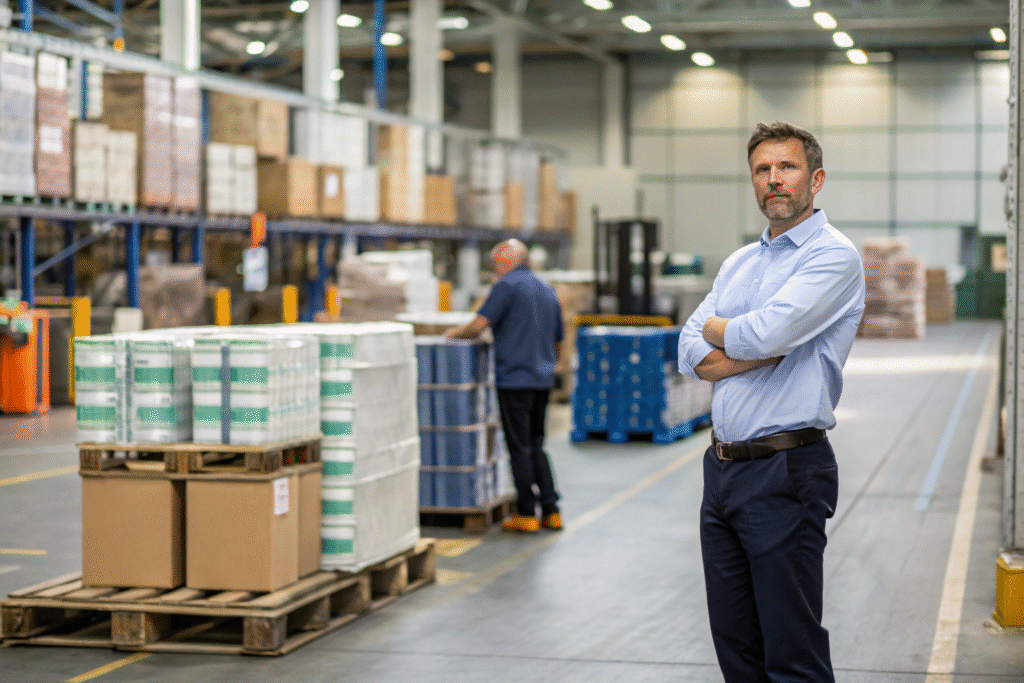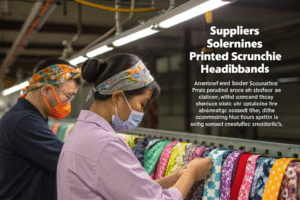When the holiday season or major fashion launches arrive, many retailers and wholesalers face the same challenge: delayed shipments. These delays can cause inventory shortages, lost sales, and frustrated customers. For brands depending on overseas suppliers, the problem can be even more severe.
Leading manufacturers prevent shipping delays during peak seasons by planning inventory early, applying flexible production strategies, building strong logistics partnerships, and investing in real-time tracking systems.
In this article, I will share how my company and other leading manufacturers handle these challenges. By breaking down proven strategies, you will see why choosing an experienced partner can mean the difference between missed sales and seamless deliveries.
Optimizing Inventory and Forecasting
Smart companies know that the best way to avoid delays is to prepare months before peak demand arrives. Without accurate forecasting and inventory planning, even the strongest supply chain will struggle.
Manufacturers optimize inventory and forecasting by analyzing past sales data, monitoring seasonal trends, and coordinating closely with clients to secure raw materials before bottlenecks begin.
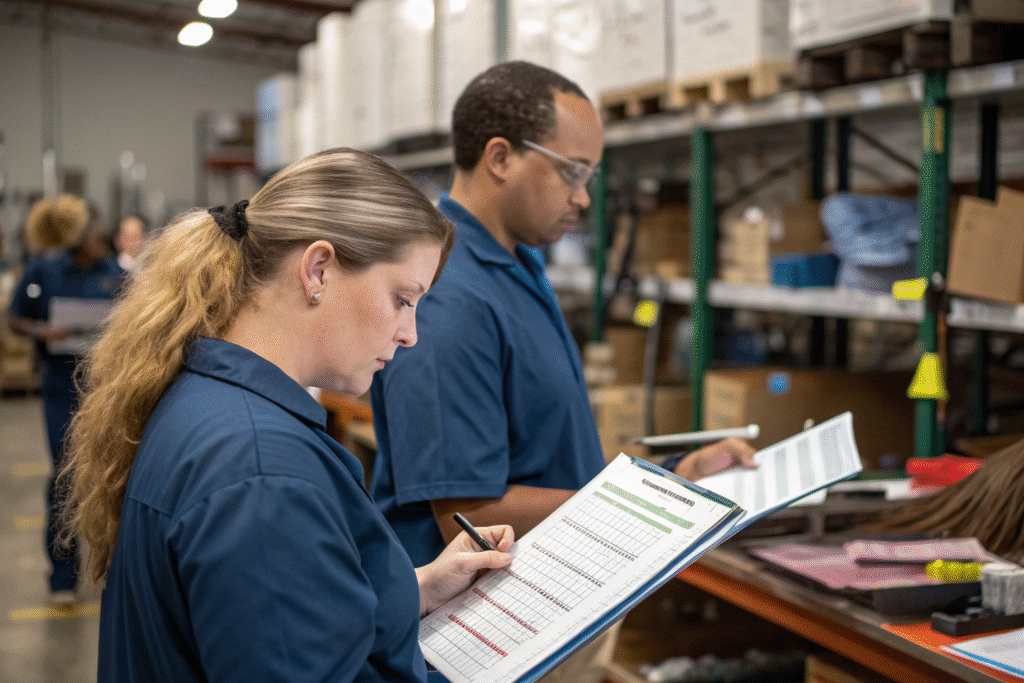
Forecasting is not just about numbers. It is about connecting the dots between consumer demand, raw material suppliers, and production schedules. This requires communication and data sharing between buyers and manufacturers. For fashion accessories, we predict which colors, fabrics, and styles will dominate the season, then prepare inventory ahead of time.
Why Is Accurate Forecasting Critical for Manufacturers?
Accurate forecasting helps avoid shortages of key materials like silk, velvet, or resin. If we order too late, dyeing factories or printing partners may already be fully booked. Many leading brands use forecasting tools such as Oracle Supply Chain Planning or SAP Integrated Business Planning to balance demand and supply. This ensures that production stays on track even during peak seasons.
How Do Manufacturers Balance Inventory and Flexibility?
Keeping inventory too high locks up capital, but keeping it too low risks delays. Leading manufacturers maintain safety stock for critical components and adjust based on real-time sales. Warehousing partners like DHL Supply Chain and Flexe offer scalable storage that helps manage fluctuations in demand without creating unnecessary costs.
Flexible Production and Staffing Strategies
Even the best forecast cannot prevent every challenge. That is why manufacturers rely on flexible production and labor solutions.
Leading companies handle seasonal surges by expanding shifts, using subcontracted facilities, and cross-training workers to ensure that production lines can adapt to sudden spikes in demand.
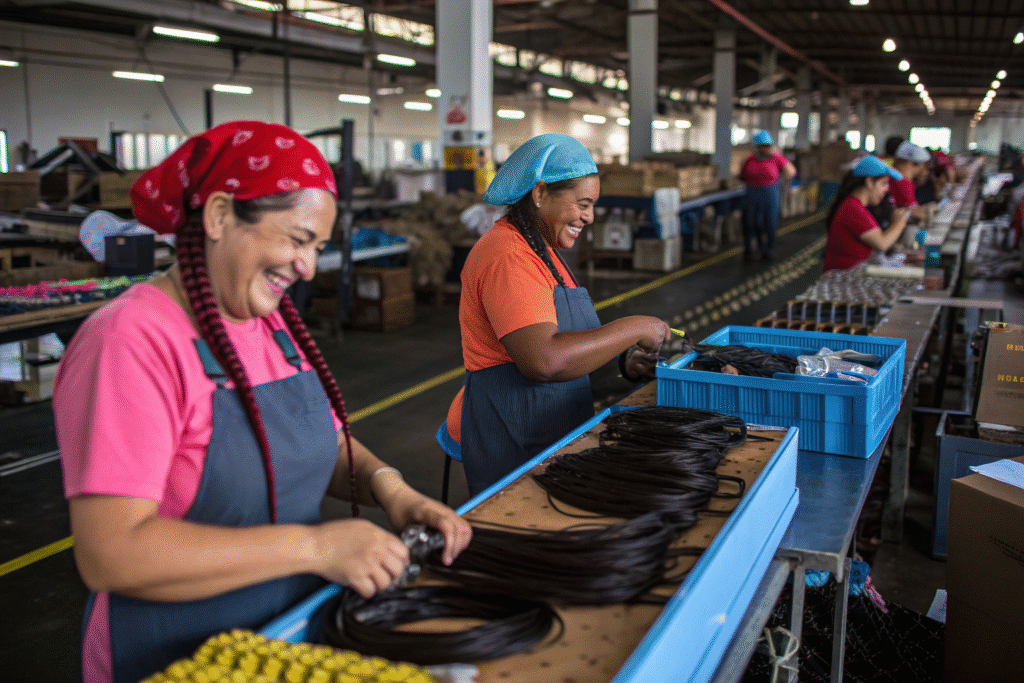
When orders pile up, rigid factories collapse under the weight of inefficiency. But flexible systems ensure that more machines and hands are ready to deliver. Our factory, for example, can add shifts and bring in trained workers from partner facilities when production volume doubles.
How Do Factories Scale Production During Peak Seasons?
Factories often expand from single to double or triple shifts. Some also rely on subcontractors for embroidery, packaging, or printing. Brands that choose manufacturers with large networks enjoy greater resilience. For instance, Fastenal Manufacturing and Foxconn have proven strategies for scaling output during busy seasons.
What Role Does Workforce Training Play in Timely Deliveries?
Cross-training workers ensures that staff can move between production lines. This flexibility reduces bottlenecks when one department faces an overload. Workforce development organizations like National Association of Manufacturers and resources from OSHA Training Institute provide structured guidance for companies building more adaptable teams.
Leveraging Logistics Partnerships
Production alone cannot prevent delays. Logistics is the bridge that connects the factory to the customer.
Top manufacturers prevent shipping delays by working with reliable logistics providers, securing shipping slots in advance, and using multiple transportation methods to avoid congestion.
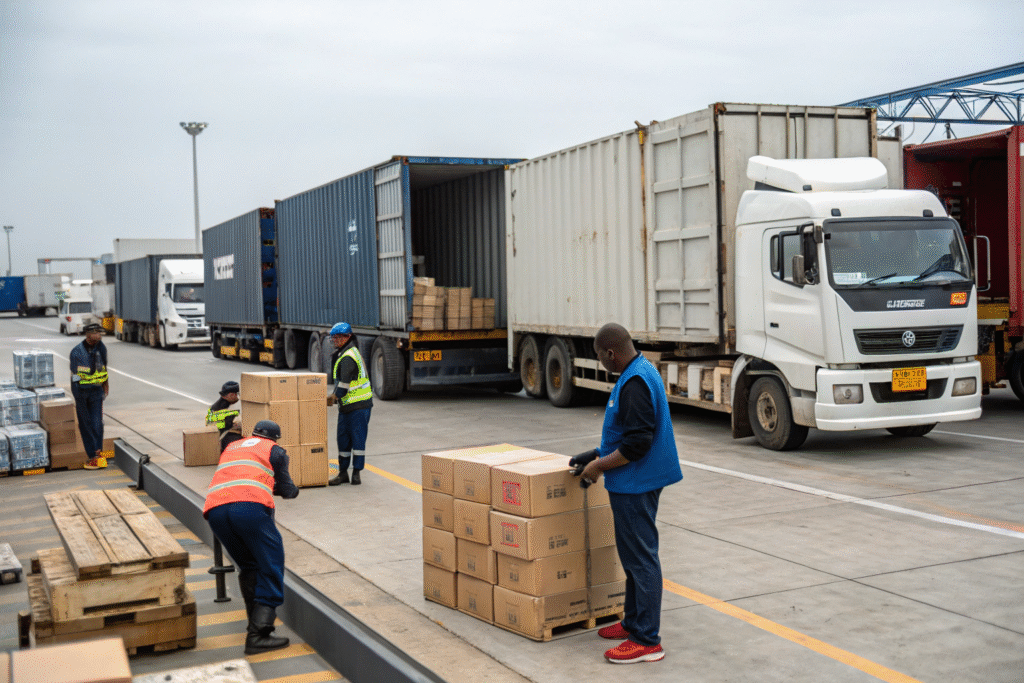
During peak seasons, ports and airlines reach capacity quickly. Companies that do not book ahead may find their cargo left waiting. That is why manufacturers like us secure contracts with multiple freight forwarders and ensure alternatives are available.
Why Do Strong Logistics Partnerships Reduce Delays?
Strong logistics partnerships ensure access to shipping routes even when global trade surges. Reliable partners such as Maersk and Kuehne+Nagel guarantee container space for priority customers. Manufacturers that diversify their shipping partners reduce risks when one route faces congestion.
How Do Manufacturers Manage Customs and Compliance Risks?
Customs delays are another major factor. Leading manufacturers rely on experienced customs brokers and compliance systems to avoid paperwork errors. Global logistics firms like FedEx Trade Networks and UPS Supply Chain Solutions offer end-to-end customs handling to keep shipments moving without unexpected holdups.
Implementing Real-Time Tracking Systems
Even the best logistics partner cannot control weather or sudden strikes. That is why visibility is key.
Real-time tracking systems allow manufacturers and buyers to monitor shipments, anticipate delays, and reroute cargo when necessary.
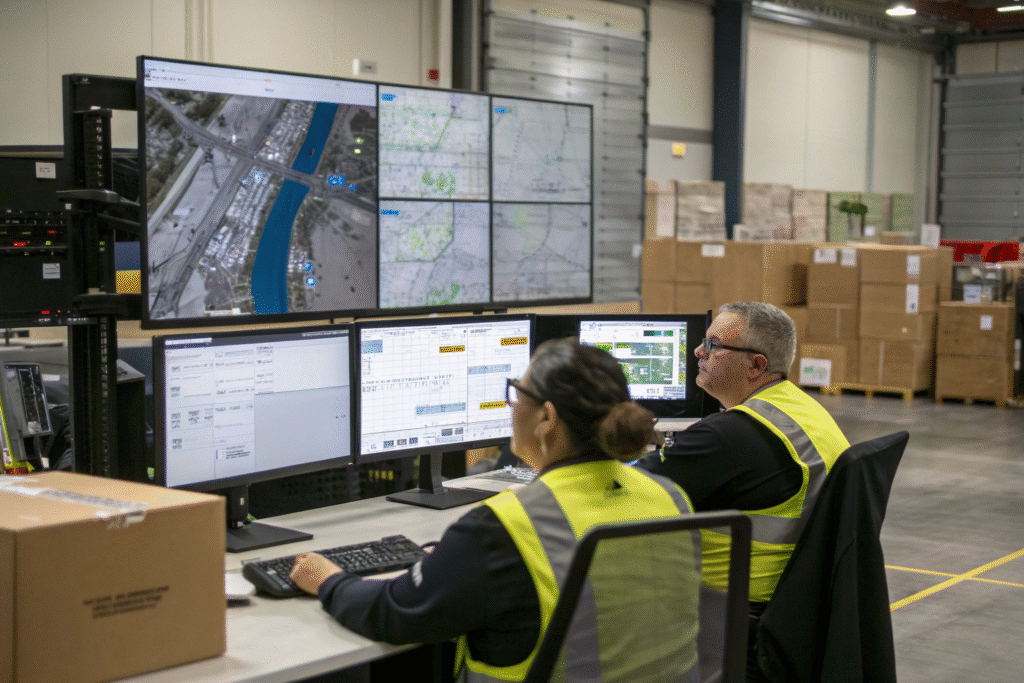
Tracking is not only about reassurance. It empowers decision-making. When buyers see potential delays, they can adjust promotions, update customers, or shift sales focus. For manufacturers, this reduces the risk of broken trust.
What Technologies Help Track Shipments in Real Time?
Advanced tracking solutions like Project44 and FourKites provide predictive visibility into shipments. They integrate with global logistics providers and allow manufacturers to adjust schedules proactively. For fashion buyers, this reduces anxiety and builds confidence in their suppliers.
How Do Buyers Benefit From Supply Chain Transparency?
Transparency improves trust. When buyers see where their goods are, they can plan promotions more effectively. Solutions like CargoWise and Infor Nexus offer visibility platforms that make supply chain data available across all parties, reducing disputes and improving communication.
Conclusion
Preventing shipping delays during peak seasons is not luck. It is the result of preparation, flexibility, partnerships, and technology. By forecasting inventory needs, scaling production capacity, working with reliable logistics partners, and using real-time tracking tools, leading manufacturers keep goods flowing even when the market is busiest.
If you are seeking a reliable partner for fashion hair accessories, we welcome you to connect with us at Shanghai Fumao. Our large-scale factory, experienced logistics network, and professional QC team ensure smooth deliveries worldwide. For partnership inquiries, please contact our Business Director Elaine at elaine@fumaoclothing.com.

